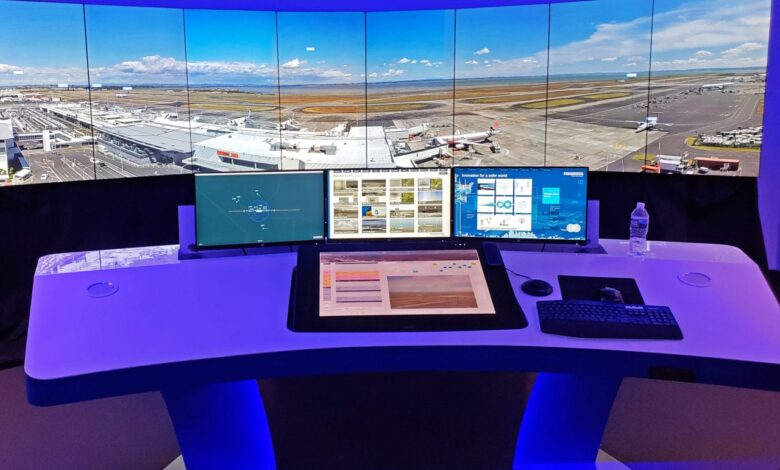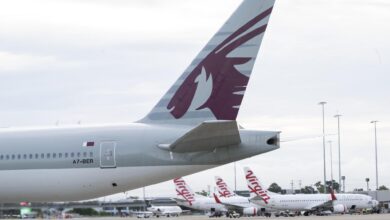FAA Plans to Modernize Air Traffic Control Technology
The Federal Aviation Administration (FAA) has announced comprehensive plans to modernize the United States’ air traffic control (ATC) system, aiming to enhance safety, efficiency, and capacity within the National Airspace System (NAS).
Next Generation Air Transportation System (NextGen)
Central to this modernization effort is the NextGen program, a multi-decade initiative transitioning from ground-based radar to satellite-based navigation and digital communications. This shift is designed to improve various aspects of air travel, including safety, efficiency, capacity, predictability, flexibility, and environmental impact. NextGen encompasses advancements in communications, navigation, surveillance, automation, and information management.
Facility Replacement and Radar Modernization
The FAA’s budget proposal includes a dedicated capital investment of $8 billion over the next five years for Facility Replacement and Radar Modernization. This funding aims to address aging infrastructure by modernizing 377 critical radar systems and over 20 ATC facilities. The initiative seeks to ensure the reliability and safety of ATC operations amid increasing air traffic demands. Federal Aviation Administration
Addressing Aging Systems
A Government Accountability Office (GAO) report highlighted that over one-third of the FAA’s 138 ATC systems are considered unsustainable due to factors like parts shortages and inadequate funding. The report emphasized the urgency of modernizing these systems to prevent potential failures and maintain the integrity of ATC operations. Some critical systems, over 30 years old, are not slated for modernization until the 2030s, underscoring the need for timely action.
Enhancing Air Traffic Controller Workforce
In addition to technological upgrades, the FAA is focusing on bolstering its workforce of air traffic controllers. Plans include increasing academy student pay by 30%, streamlining the hiring process, and reducing training durations. These measures aim to mitigate staffing shortages that have contributed to flight delays and controller workload challenges. The average annual pay for controllers is approximately $160,000, reflecting the high responsibility and stress associated with the role. The Wall Street Journal+1Business Insider+1
Industry Support and Funding
An industry coalition, including Airlines for America (A4A), has called on Congress for additional funding to improve ATC staffing and expedite FAA modernization efforts. The coalition emphasizes that enhancing the ATC system is crucial for maintaining the United States’ leadership in aviation safety and efficiency.
Challenges and Future Outlook
Despite these initiatives, the FAA faces challenges in its modernization efforts. The GAO has reported that some modernization projects have experienced delays and cost overruns, partly due to the COVID-19 pandemic. Additionally, the complexity of transitioning to new technologies requires careful planning and execution to avoid disruptions in ATC services.
Overall, the FAA’s comprehensive plan to modernize air traffic control technology represents a pivotal effort to adapt to evolving aviation demands, enhance safety, and improve efficiency within the National Airspace System.



